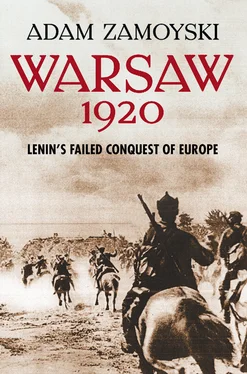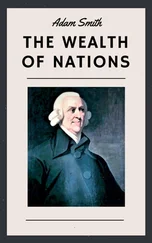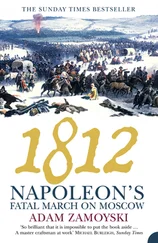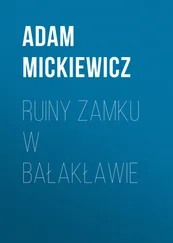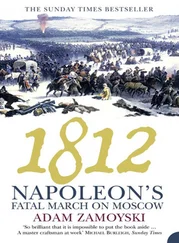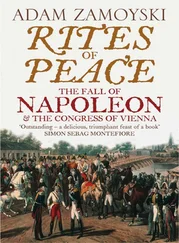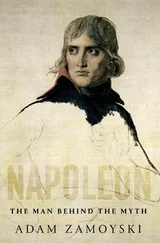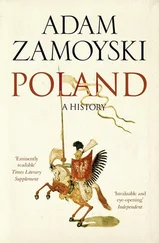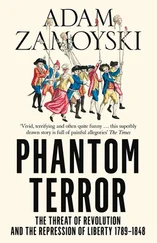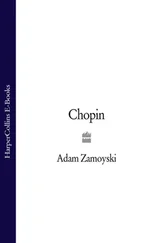I was fortunate enough to take an interest in these events some years ago, when many participants and even a few key players were still alive. There was something both exciting and unreal about sitting in a seedy London flat or a clapboard house somewhere in the great expanses of American suburbia, talking to someone who had stared death in the face at the end of a lance or seen the glint of Trotsky’s spectacles. It was also deeply rewarding, as it helped me to bridge the gulf between how events appear from documents and how they are experienced on the ground. Sadly, it was not then possible to talk to participants on the Soviet side, which would have added a remarkable perspective.
In spite, or perhaps because, of its contentious nature, the Polish-Soviet conflict of 1919–21 is extremely well covered in Polish and Russian, and there has never been any shortage of written sources. All of the essential operational documents were accessible, either in print or in archives, remarkably early on, and little has emerged in the past two decades to shed the kind of new light that would prompt a reinterpretation of the events. And although the numerous studies produced in Poland and Russia between the wars are rarely free of bias, they do contain a wealth of solid information. Perhaps surprisingly in the circumstances, it is the even more numerous accounts and studies by participants that provide some of the most interesting material. Although they tend to be written from a partisan and often blinkered position, an intelligent reading that takes this into account can yield rich pickings.
As the participants and witnesses I was able to interview are no longer with us, I would like in the first place to thank them, and particularly the late Aleksander Praglowski, Kornel Krzeczunowicz, Wladyslaw Anders and Adam Minkiewicz. I am also indebted to Stanislaw Bieganski of the Józef Pilsudski Institute and Waclaw Milewski of the Sikorski Institute in London; to Boguslaw Winid, to Dr Andrzej Czeslaw Zak of the Central Army Archive and Dr Grzegorz Nowik of the Army Centre for Historical Studies in Warsaw, to Professor Andrzej Nowak, Bogdan Gancarz, and to my friend Norman Davies. As always, Shervie Price anticipated the queries of the standard reader.
Adam Zamoyski
London
September 2007
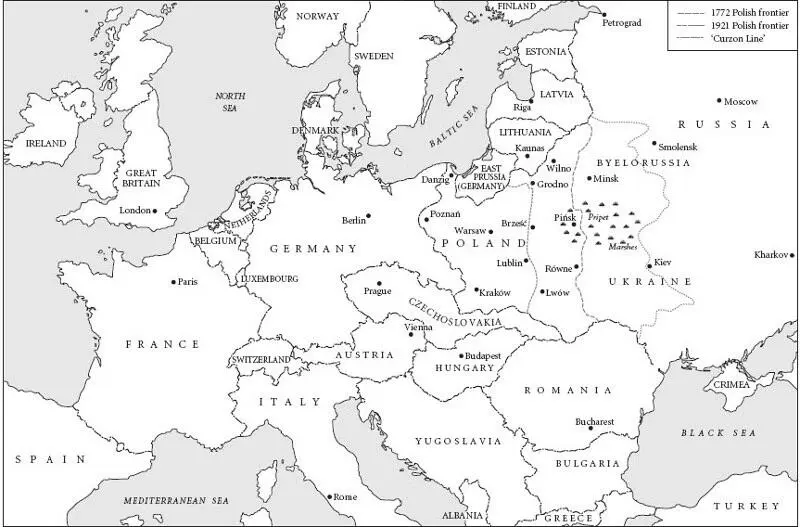
Europe after the Paris peace settlement
1
Old Scores and New Dawns
ON 28 JUNE 1919, a multitude of frock-coated statesmen gathered in the great hall of mirrors of the palace of Versailles for the ceremonial signature of a treaty between Great Britain, France, the United States and their allies on the one hand, and a defeated Germany on the other. The document fixed not only the borders of Germany and the reparations to be paid by her; it redrew the political map of Central Europe. It separated Germany from Russia by resurrecting Poland and bringing into being a number of new states, from Estonia in the north to the Czecho-Slovak Republic in the south. This was done partly in the new spirit of national self-determination advocated by the US President Woodrow Wilson, and also to create buffers against any future attempts at German expansion. This new order would, it was hoped, draw a line under the militaristic imperialism of the nineteenth century and guarantee a lasting peace.
This peace had cost millions of lives and irretrievable resources. It had robbed countries such as Britain and France of a generation of young men. The price paid had shaken the faith of society in the institutions that had led to the war, creating an ideological crisis whose profound social and political effects could be felt at every level. Yet within a year of its signature, the peace and the political settlement the treaty had brought into being were threatened with annihilation.
In the summer of 1920 a seemingly unstoppable Russian army was sweeping across Poland with the avowed aim of bringing about revolution in Germany and using that country as a springboard for imposing Bolshevik-style governments on the other nations of Europe. ‘By attacking Poland we are attacking the Allies,’ warned the leader of the Bolshevik government in Russia, Vladimir Illich Lenin; ‘by destroying the Polish army we are destroying the Versailles peace, upon which rests the whole present system of international relations.’ 1
Exhausted by the blood-letting of the Great War, ravaged by the influenza epidemic sweeping the world and wary of the mass of unemployed soldiers resentful of a system that could not provide them with a dignified future, neither the United States, which was rapidly slipping back into isolationism, nor the Entente, as Great Britain and France were commonly referred to, was in a position to defend its cherished peace settlement. All they could do was look on anxiously as the fate of Europe, and by extension that of the entire West, was decided by two of its most immature states. For a few weeks in the summer of 1920, the future depended on the performance of a self-taught Polish general commanding an ill-equipped rag-tag of an army and an aristocratic Russian nihilist leading an improvised and tattered yet menacing horde. Reflecting on the resulting struggle a couple of years later, the Polish commander would describe it as ‘a half-war, or even a quarter-war; a sort of childish scuffle on which the haughty Goddess of War turned her back’. But this scuffle changed the course of history. 2
It was itself born of a long history, of a centuries-old struggle between Russia and Poland over who was to control the vast expanses of Byelorussia and Ukraine that lay between them. This was not so much an issue of territory as of Russia’s need to break into Europe and Poland’s to exclude her from it; yet it had brought Russian armies into the heart of Poland, and a Polish occupation of Moscow as far back as 1612. The matter had been settled at the end of the eighteenth century by the partition of Poland between Russia, Prussia and Austria and its disappearance from the map. Despite a continuous struggle for freedom and repeated insurrections, Poland remained little more than a concept throughout the next hundred years, and its champions were increasingly seen as romantic dreamers.
But the partition that had removed Poland from the map had also brought her enemies into direct contact, and, in 1914, into deadly conflict. In February 1917, undermined by two and a half years of war, the Russian empire was overthrown by revolution. In October of that year Lenin’s Bolsheviks seized power, but their grip on the country was weak, and they were in no position to prosecute the war with Germany and Austria-Hungary. In the spring of 1918 they bought themselves a respite: by the Treaty of Brest-Litovsk they ceded to Germany Russia’s Baltic provinces, Lithuania, the parts of Poland under Russian occupation, Byelorussia and Ukraine. A few months later revolutions in Vienna and Berlin toppled the Austro-Hungarian and German empires, which left the whole area, still occupied by German and Austrian troops, effectively masterless. The Poles seized their chance.
Under pressure from President Wilson, the allies had already decided that the post-war settlement should include an independent Poland. They had even granted recognition to a Polish National Committee, based in Paris, which was preparing to form a provisional government. But they had no authority in German-occupied Poland, and no influence at all over the Bolshevik rulers of Russia, whose government they did not recognize. It was clear that the fate of Poland would be decided on the ground rather than in the conference room, and with Russia floundering in her own problems, the Poles, or rather one Pole, took the initiative.
Читать дальше
